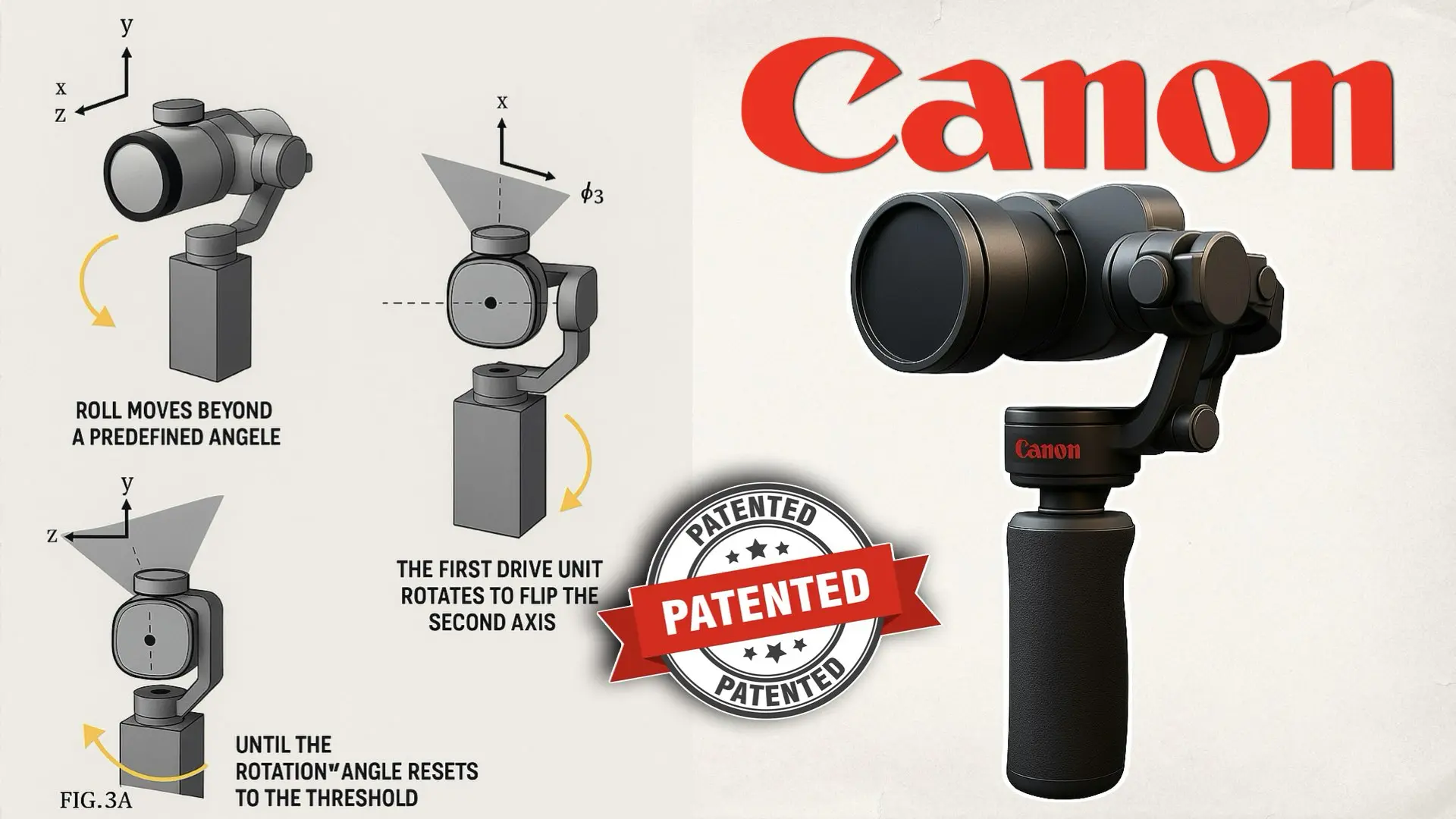Imagine you’re filming a sweeping cinematic roll with a handheld gimbal, your camera glides, you press record, and suddenly you tip the rig too far. On most gimbals, the internal arm or motor housing can sneak into the lens view,…

Imagine you’re filming a sweeping cinematic roll with a handheld gimbal, your camera glides, you press record, and suddenly you tip the rig too far. On most gimbals, the internal arm or motor housing can sneak into the lens view,…